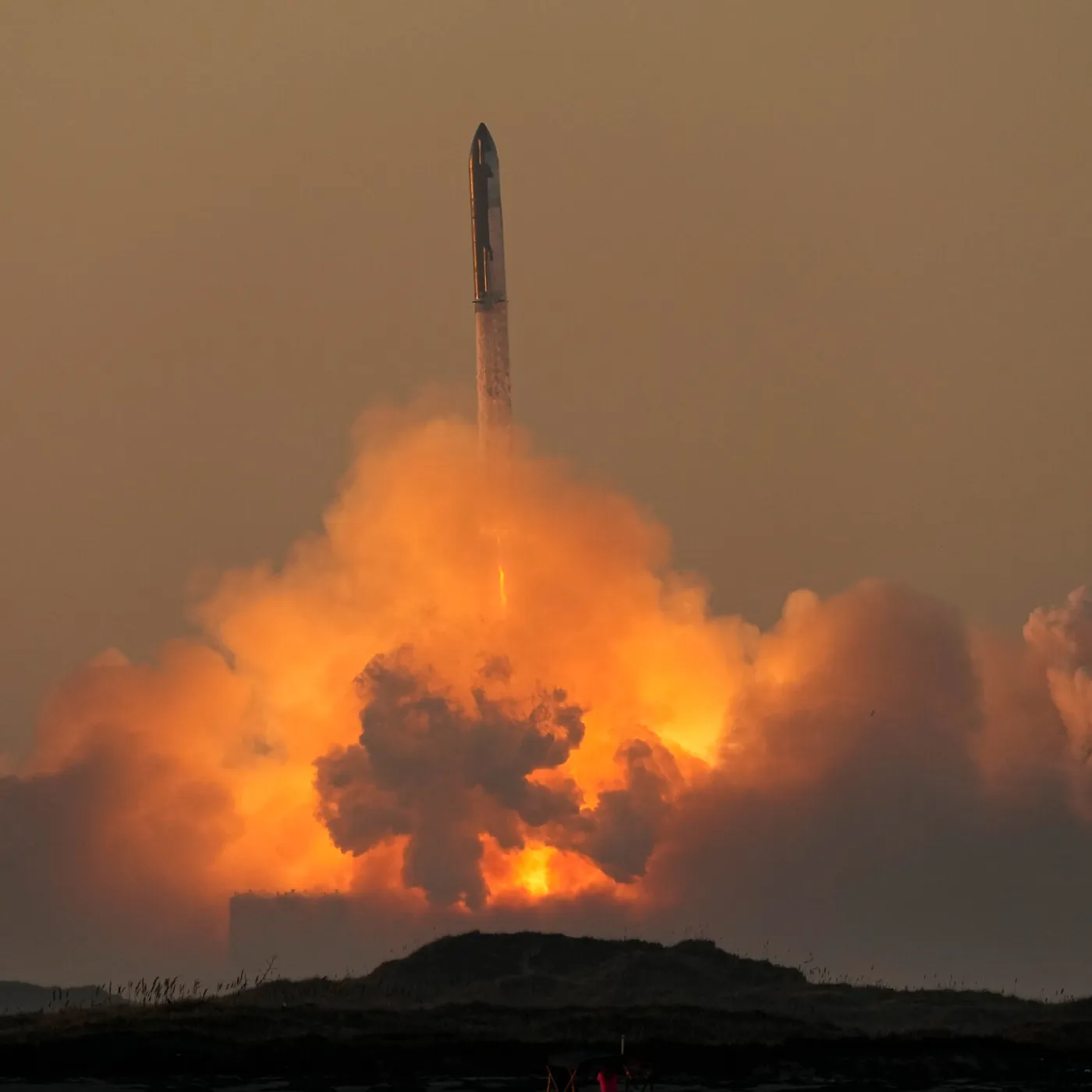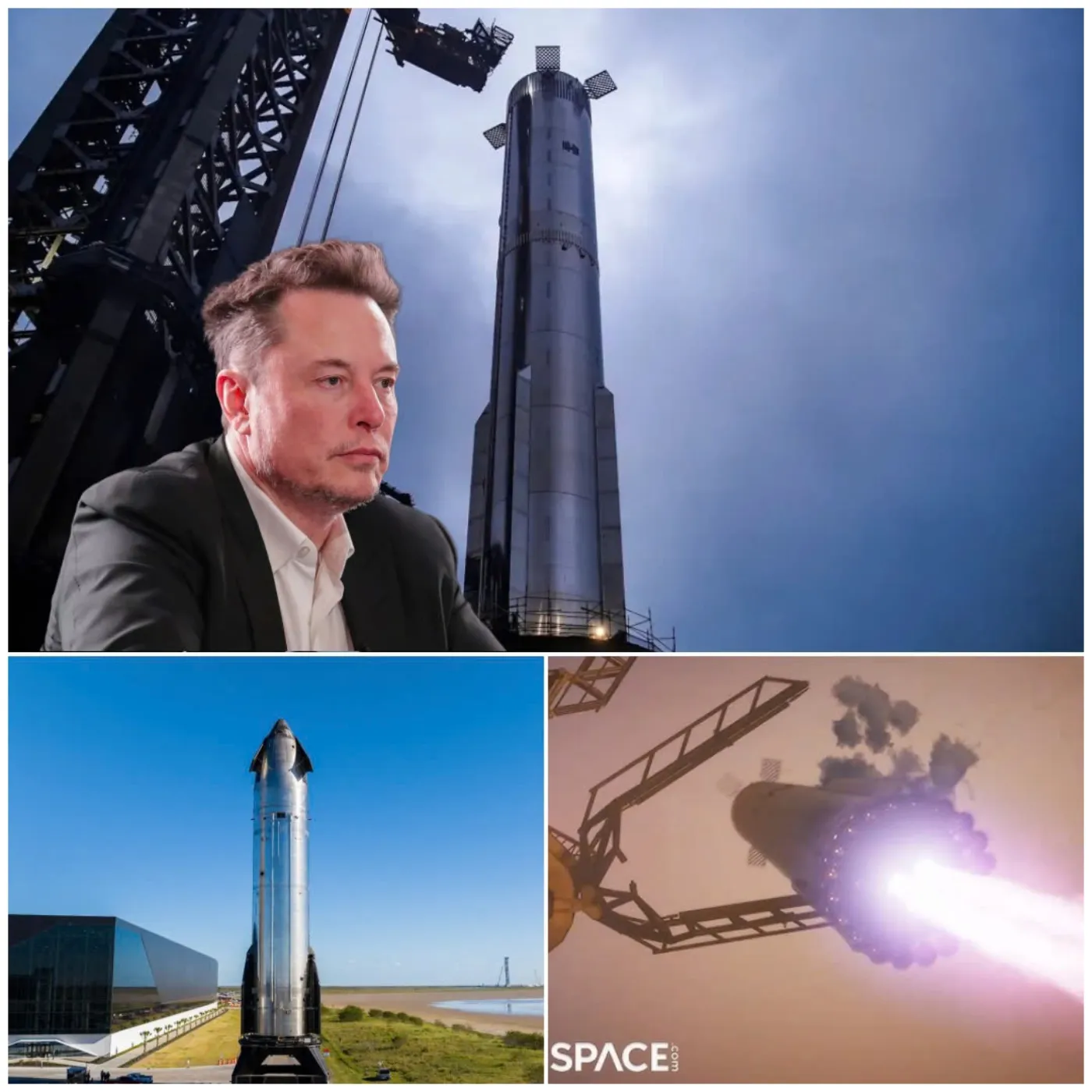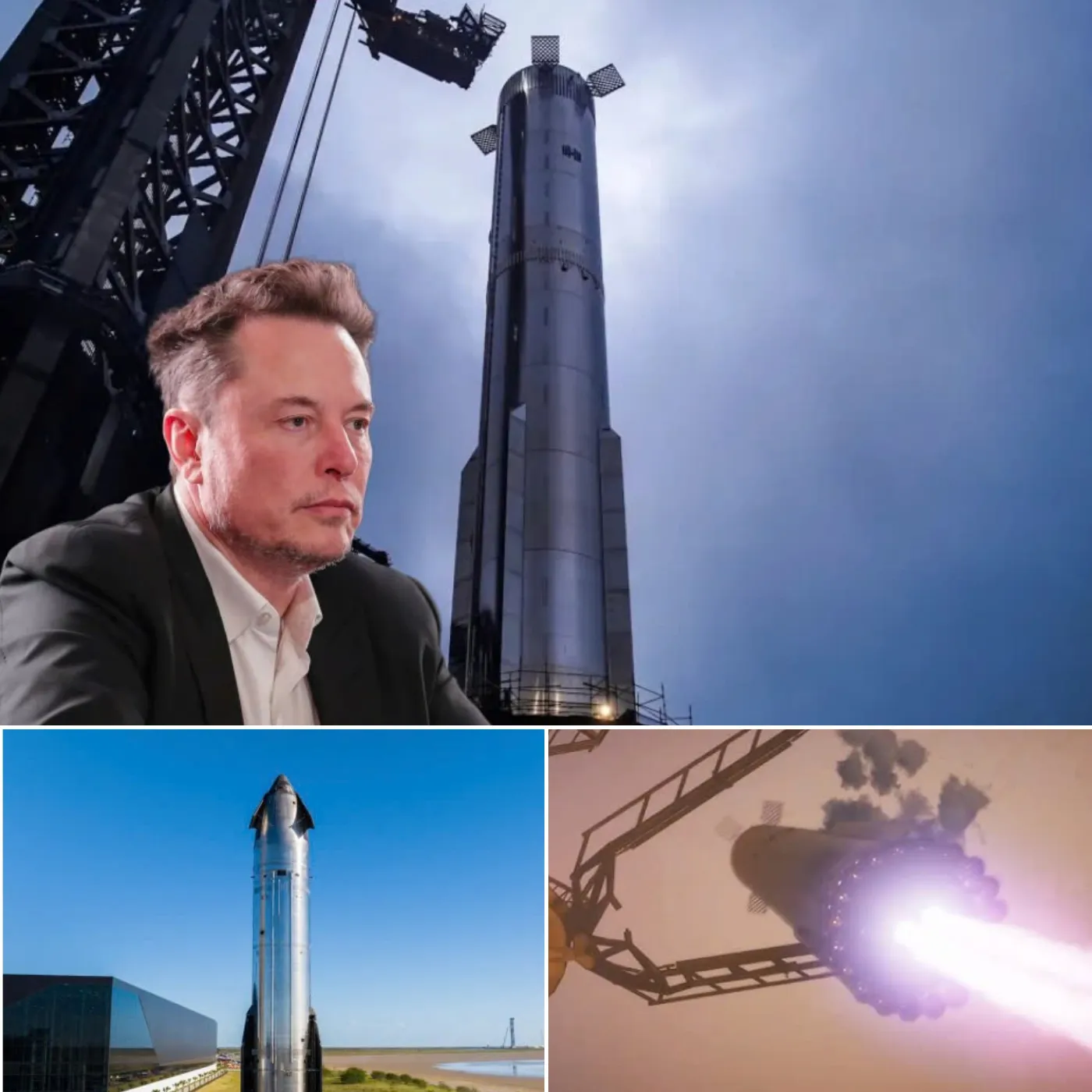Elon Musk Reveals Last-Minute Delay for Starship Flight 7 and New Launch Window
Space enthusiasts and industry professionals around the world have been eagerly awaiting the next chapter in SpaceX’s ambitious Starship program. However, just as excitement was reaching its peak, Elon Musk announced a last-minute delay for the highly anticipated Starship Flight 7. Along with the delay, SpaceX revealed a new launch window for the mission, pushing back the timeline that many had hoped would see the next step in the evolution of human space exploration.
As one of the most important milestones in SpaceX’s history, Starship Flight 7 was expected to be a critical test flight for the company’s fully reusable Starship rocket. The new launch window has left many fans and critics wondering what has caused the sudden delay and what it means for the future of the program. In this article, we will dive into the reasons behind the Starship Flight 7 delay, the new launch window set by SpaceX, and the potential implications for the broader space industry.

The Importance of Starship Flight 7
Before discussing the delay and new launch window, it is important to understand the significance of Starship Flight 7 in the broader context of SpaceX’s goals. Starship is designed to be a fully reusable spacecraft that can carry both crew and cargo to destinations like the Moon, Mars, and beyond. Unlike traditional rockets that are discarded after launch, Starship is intended to be reused, drastically lowering the cost of space travel and enabling more frequent missions.
Starship Flight 7 was intended to be a crucial test flight for the next generation of orbital spaceflights. SpaceX had been aiming for this flight to demonstrate the rocket’s capability to carry out a full orbital mission, complete with stage separation and re-entry. The flight’s success could have been a game-changer in the space industry, positioning SpaceX as the leader in reusable spaceflight technology.
This mission had the potential to take SpaceX closer to its ultimate goal of interplanetary travel, including manned missions to Mars, and it was widely expected that Starship Flight 7 would provide valuable data to refine and perfect the rocket’s systems.
Reasons Behind the Delay
The announcement of the last-minute delay by Elon Musk raised several questions regarding the reasons behind the postponement. While Musk did not provide an exhaustive explanation of the cause of the delay, several factors could be at play.
1. Technical Challenges and Engineering Concerns
One of the most plausible reasons for the delay is that SpaceX encountered technical difficulties during the final stages of preparation for Starship Flight 7. Space missions are inherently complex, and SpaceX has been continuously testing and improving its technology. These last-minute delays are common in the development of advanced aerospace vehicles, particularly when the company aims to conduct missions with such high stakes.
Testing and development for a rocket of Starship’s scale and sophistication come with their own set of unique challenges. It is likely that engineers at SpaceX identified issues that could compromise the safety or performance of the vehicle during the final checks. Ensuring that every aspect of Starship is fully ready for flight is crucial to the mission’s success, and SpaceX’s commitment to safety and precision likely led to the decision to delay.
2. Regulatory Approvals and Environmental Concerns
Another potential reason for the delay could be the regulatory approvals and environmental concerns surrounding the launch. SpaceX’s facilities, including its Starbase in Boca Chica, Texas, are subject to rigorous FAA (Federal Aviation Administration) oversight. The FAA conducts thorough environmental assessments before granting launch licenses, and it is possible that last-minute changes or concerns related to the environmental impact of the launch caused a delay in the approval process.
SpaceX has faced similar issues in the past, including delays due to local wildlife preservation and the need to ensure the safety of surrounding areas. In a high-profile program like Starship, these environmental and regulatory hurdles must be handled meticulously, which could have contributed to the delay.
3. Supply Chain and Component Issues
SpaceX’s Starship program requires a vast amount of specialized components, some of which are incredibly difficult to source or manufacture. There are ongoing global supply chain issues that have affected many industries, including aerospace. It is possible that SpaceX experienced delays in receiving critical components or had to conduct additional testing on key systems before they were ready for launch.
Starship’s complex engines, propulsion systems, and heat shields require precise calibration and testing. Any issue with a component, no matter how small, could push back the launch schedule, leading to the delay.
4. Weather Conditions and Launch Site Readiness
Finally, weather conditions can also play a significant role in launch delays. SpaceX has to contend with a variety of environmental factors at its launch site. For example, high winds, extreme temperatures, or even lightning storms can cause a delay. Launch windows for missions like Starship Flight 7 are tightly scheduled, and any adverse weather can postpone the event.
Additionally, SpaceX may need to ensure that all launch site infrastructure is fully prepared and ready for the mission. This includes testing ground systems, ensuring vehicle readiness, and confirming that all safety measures are in place.
New Launch Window for Starship Flight 7
Following the announcement of the delay, Elon Musk and SpaceX revealed a new launch window for Starship Flight 7. While exact dates are subject to change, the updated timeline offers a glimmer of hope for those eagerly awaiting the flight. According to Musk, SpaceX is working diligently to resolve any issues and to ensure the rocket is ready for launch as soon as possible.
The new launch window is expected to fall within the next few months, although no definitive date has been set. Musk mentioned that the team is focused on ensuring the launch is safe, efficient, and successful, and that the updated timeline allows for the necessary adjustments to the Starship’s systems.
This delay could also provide SpaceX with additional time to fine-tune its technology. While some fans may be disappointed, others are hopeful that this extra time will result in a more refined vehicle that can achieve the ultimate goal of successful orbital flights and pave the way for future missions to the Moon, Mars, and beyond.
The Impact on SpaceX’s Long-Term Goals
Despite the setback, the delay of Starship Flight 7 does not detract from SpaceX’s larger ambitions. The Starship program is seen as a key element in SpaceX’s future, as it seeks to revolutionize space exploration and commercial space travel. SpaceX is still moving forward with Starship’s development and has already accomplished impressive milestones, such as the successful Starship SN15 test flight.
The delay may also give SpaceX more time to address any unforeseen issues, refine its technology, and further demonstrate its capabilities as the leader in private spaceflight. Elon Musk’s SpaceX has already revolutionized the rocket industry, and Starship Flight 7 could potentially take them one step closer to fulfilling the company’s vision of interplanetary travel.
What’s Next for SpaceX and the Starship Program?
Looking ahead, Starship Flight 7 is expected to play a pivotal role in SpaceX’s push toward building the infrastructure necessary for long-term human space exploration. The success of this mission will be crucial in validating the Starship rocket’s design and testing its ability to carry humans and cargo to destinations like the Moon and Mars.
Musk’s vision for SpaceX includes the development of reusable spacecraft that can drastically reduce the cost of space travel. The Starship program is central to achieving this vision, and while the delay has caused a setback, it is unlikely to significantly slow the progress of the company.
Additionally, Starship Flight 7 will likely continue to build momentum for the company’s other projects, including its Starlink program, which aims to provide global broadband internet coverage through a network of satellites. As SpaceX continues to break barriers in both human spaceflight and commercial space services, Starship Flight 7 will likely be a stepping stone in the company’s broader goals.

The delay of Starship Flight 7 was undoubtedly a disappointment for those looking forward to the next big step in space exploration. However, Elon Musk and SpaceX have reassured the public that the delay is necessary for ensuring the mission’s success. As SpaceX works to resolve the issues and finalize preparations, the new launch window offers hope for a successful and groundbreaking flight.
The Starship program remains one of the most ambitious and exciting projects in the space industry, and while Flight 7 has been delayed, it is clear that SpaceX’s vision for the future of space travel remains strong. The stakes for Starship Flight 7 are high, but with Musk’s leadership and SpaceX’s track record of overcoming challenges, this delay could prove to be just a minor hurdle in the company’s journey to change the future of space exploration.




Post Comment